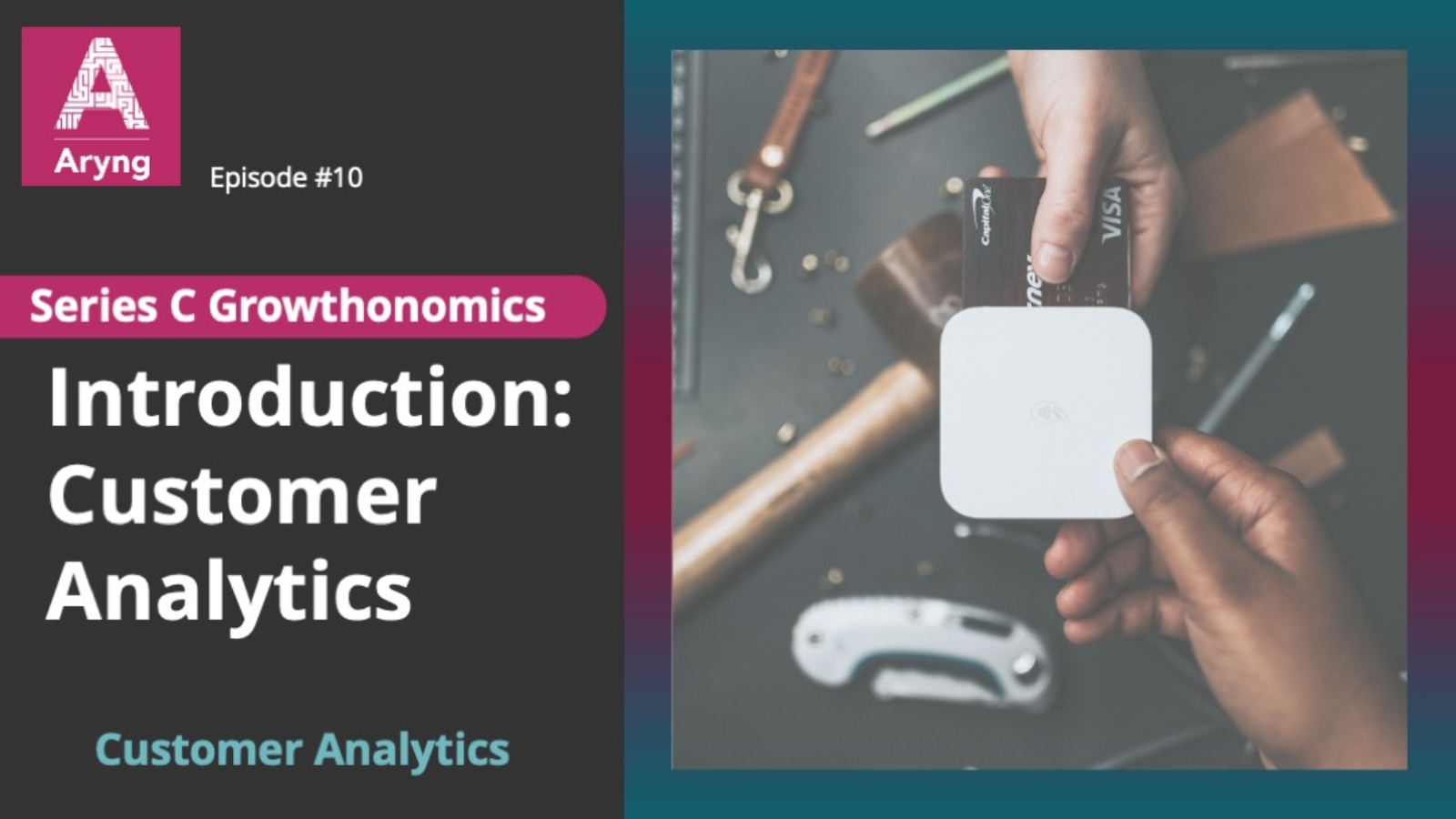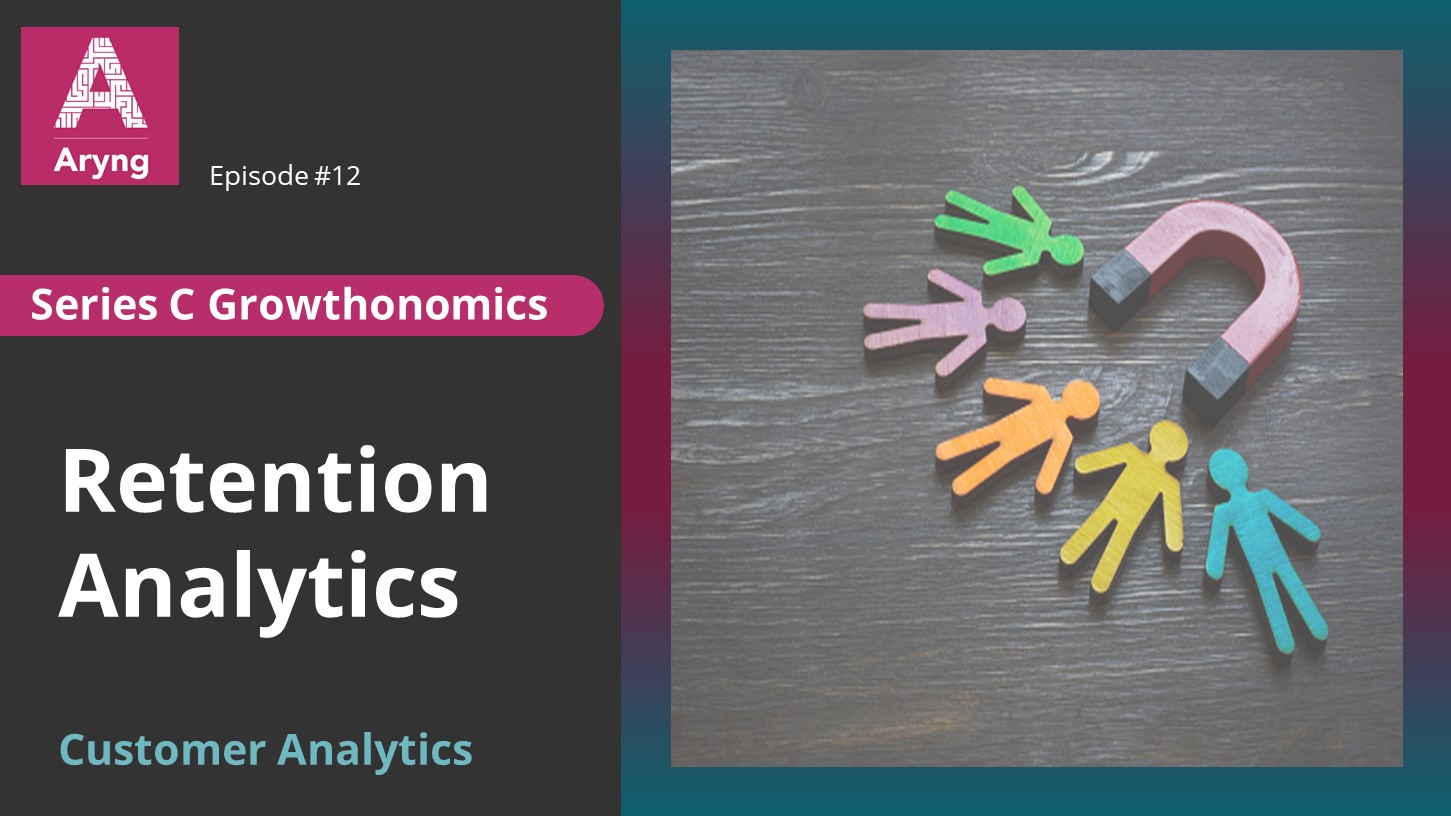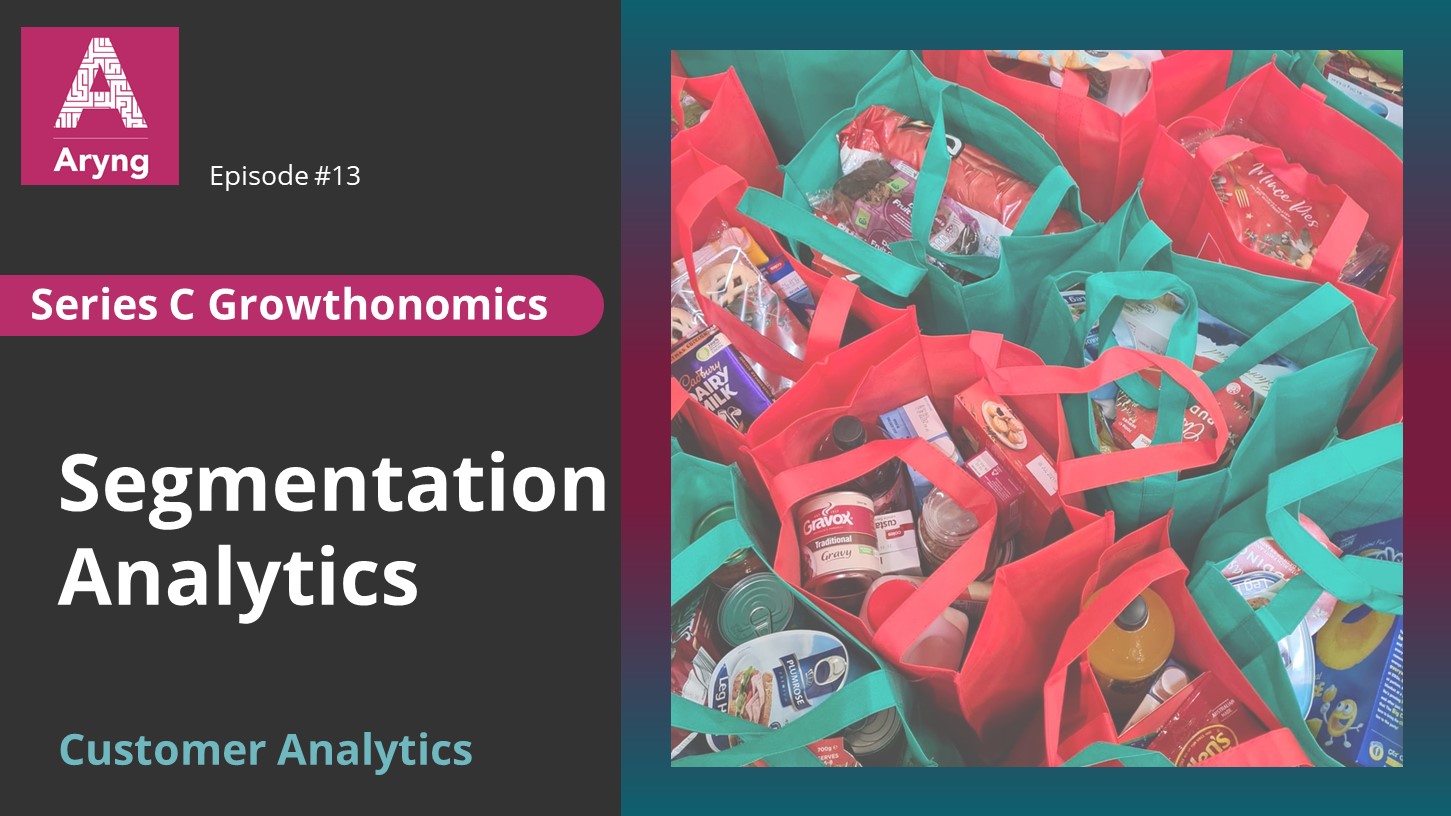“The goal as a company is to have customer service that is not just the best but legendary.” – Sam Walton
Over the past 100 years, a lot had changed from when firm owners knew customers by their name, individual needs, and personal preferences. Customer Analytics used to happen in firm owners’ heads.
Today, with an explosive rate of customer growth at a global span, there is a need to adapt existing methodologies to understand how different customers interact with products and services, which helps cater to customers’ individual needs.
This blog post will focus on understanding the scope and usage of customer analytics, and the industry-wide approaches/ methodologies followed.
What is Customer Analytics?

Customer analytics is a broad field within business analytics that uses historical customer behavior data to make business decisions. Businesses use this approach for direct marketing, target market selection, and customer relationship management.
So, what does this mean to you: The customer data collected so far, like buying behavior app usage, can be analyzed to divide your customers into different groups based on their behavior and preferences. These segments, along with market trends and behavioral tendencies, can predict their future behavior, which helps identify where to allocate the organizations’ marketing efforts.
What does your customer want?
Think of customers as individuals who want a personal experience with your product, like with your app, similar to what they might experience at a retail store. They would like the app to remember their preferences, have better access to frequently bought items, and receive recommendations based on their buying patterns.
Start-ups can adopt technology and analytics early to understand customers, which helps execute personalization at higher precision, at a bigger scale than before.
How should you approach customer analytics for your company?
There are various ways to think about customer analytics. Here, we are breaking them down at a high level into ‘New’ and ‘Existing’ Customers. Let’s get a bit technical and dive into these types. Broadly, you can think about breaking down your customers as:
New Customers: 
A budding organization needs a steady growth of new customers; there are two key aspects to consider here:
- Acquisition: What are the key sources of the new customers? Where are the higher value customers coming from? What drives a customer to use the service?
- Habituation: What activities do habituated customers perform once they visit the website? What patterns of action do habituated customers have on the website?
Existing Customers:
Here we try to gain insights on how to maintain a good customer base by improving the retention rates and the value provided to these customers:
- Retention: How to retain existing customers? How to make them come back to you? What is the underlying reason for churn among customers?
- Value Creation: How to increase the Upsell potential among my existing customers? How to improve the lifetime value (LTV) of my customers?
Segmentation
Segmentation happens across all these categories. We do not know what drives or triggers each customer in this current digital environment. It could range from time or value sensitivity to the unique experience provided. Customer segmentation will help build that understanding to help provide a personalized and customized experience for each customer.
Also Read: How to get started with Customer Segmentation
What about the answers?
Now that you know the basics and the high-level questions concerning customer analytics, the following articles will dig deeper into the categorizations discussed above, specifically for New and Existing Customers. Part 2 of this series will continue on this topic and will focus specifically on Acquisition Analytics.













